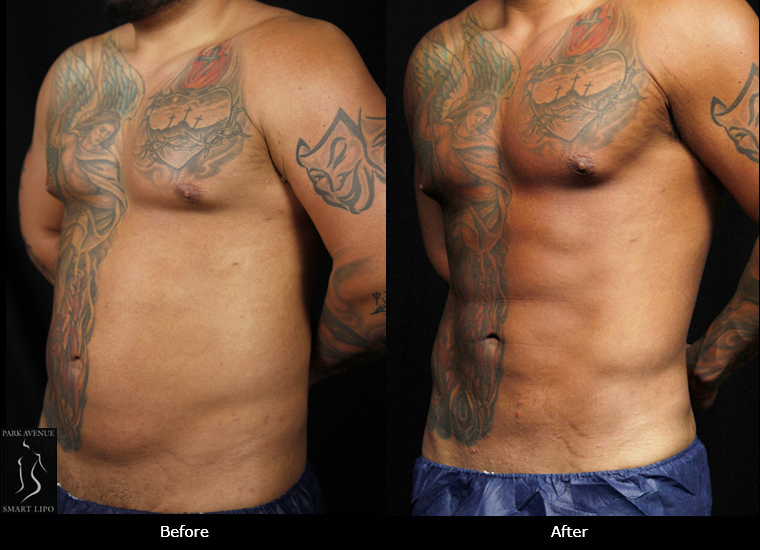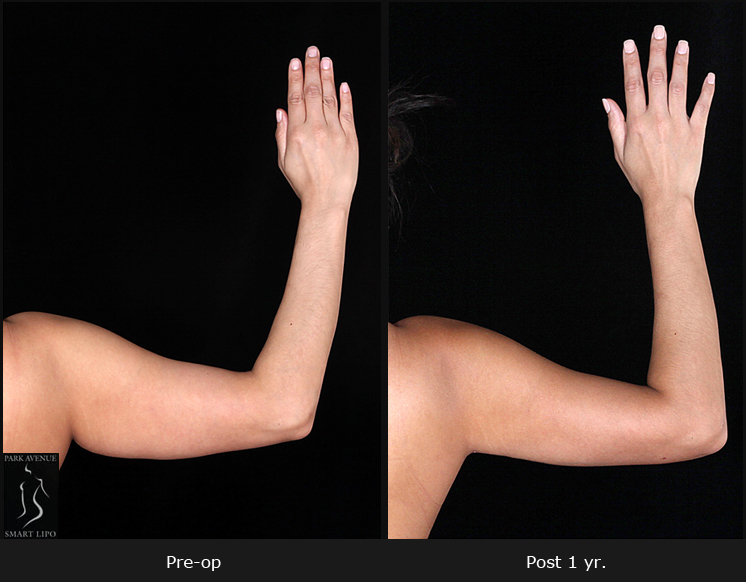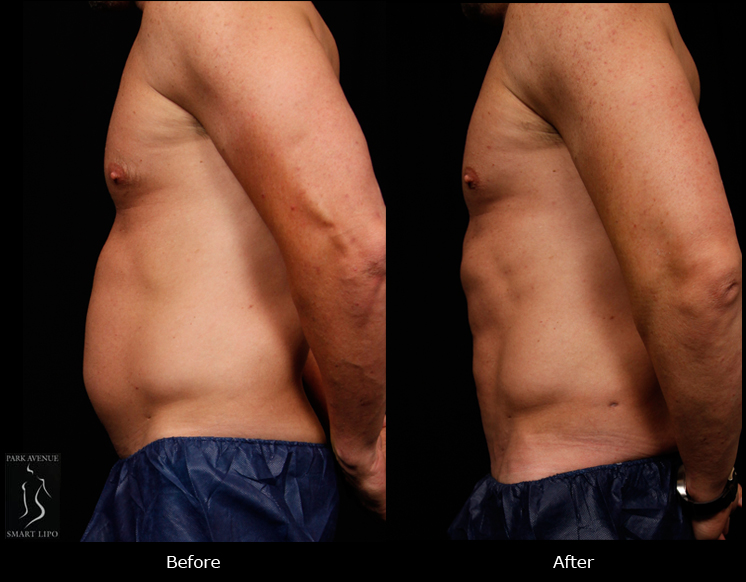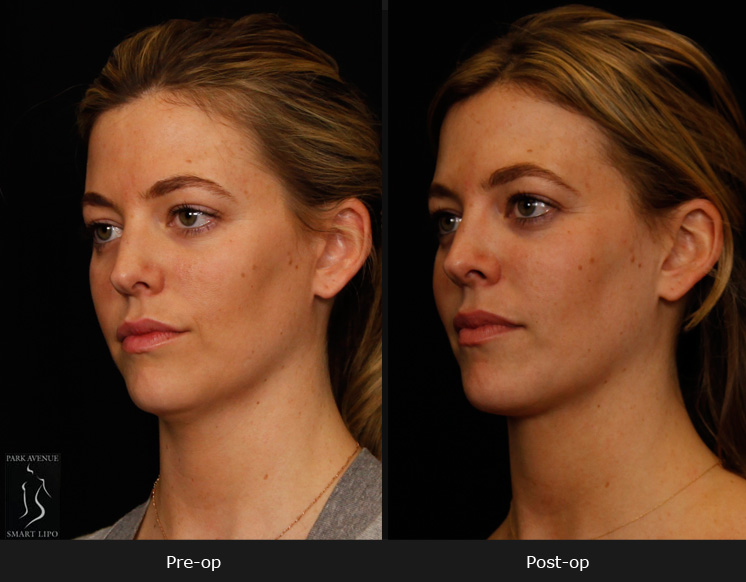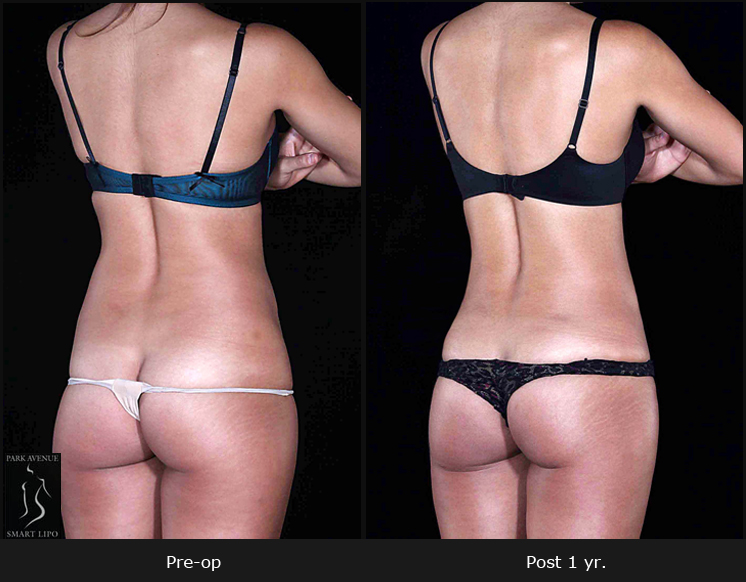Liposuction is the gold standard for effectively removing excess fat from various areas of body. Liposuction in NYC allows men and women achieve a trimmer, attractive physique by getting rid of unwanted fat that persists despite following a healthy diet and exercise regimen. Not everyone is a good candidate for this body contouring treatment. Individuals considering liposuction should be carefully evaluated by a reliable plastic surgeon to ensure that their overall aim of a contoured body can be achieved with optimal results. One significant factor in producing excellent liposuction results that many patients are not aware about is skin elasticity.
Technological advancements have made liposuction a minimally invasive treatment, avoiding the side effects and downtime associated with traditional liposuction surgery. However, individuals need to meet certain criteria to be considered a good candidate for the treatment. While being healthy and close to your ideal body weight are key considerations, having good skin elasticity and muscle tone are crucial for a successful liposuction procedure.
‘Skin elasticity’ refers to the ability of the skin to stretch and then return to a normal state. Liposuction greatly relies on skin elasticity because the skin needs to bounce back into place after the fat is removed and the area is reshaped. The level of elasticity depends on collagen and elastin, two proteins naturally found in the skin. Skin with a low level of these protiens is prone to laxity, leading to sagging and the development of lines and wrinkles whereas skin with high levels of these proteins is firmer and more youthful looking. If the skin is not elastic enough (as in older people), it will remain baggy after body contouring, compromising the results. Good skin elasticity is paramount for optimal liposuction outcomes, especially in areas prone to laxity, such as the abdomen and the neck.
Though the skin comes with some degree of natural elasticity, it must be adaptable enough to conform to rapid and extreme changes that occur with liposuction. Apart from genetic factors, there are certain common aspects that impact a person’s skin elasticity:
- Age – Older people have less skin elasticity since collagen production slows down later in life. Younger people typically have better skin elasticity than the people who are middle-aged or older.
- Pregnancy – Pregnancy and delivery causes a lot of skin stretching; when the skin becomes overstretched, it cannot return to its former contours.
- Weight fluctuations – Major weight gain and/or weight loss tends to cause skin sag.
- Unhealthy habits – Elastosis and skin laxity can be caused by unhealthy habits such as tobacco use, heavy alcohol consumption, and an unbalanced diet high in sugars and processed foods.
- UV exposure – Overexposure to UV rays is another factor affecting elasticity, which is why sun protection is so important.
Laser liposuction performed using the FDA-approved Smartlipo Triplex workstation is one of the most popular minimally invasive body contouring options available today. Smartlipo utilizes three powerful laser wavelengths (1440nm, 1320 nm, and 1064 nm) to remove excess fat and tighten the skin. To be a good candidate for stomach liposuction using Smartlipo, you need to have good skin elasticity and muscle tone. If you are considering liposuction in NYC, make sure you consult a qualified plastic surgeon in an AAAASF-accredited plastic surgery facility. A reliable surgeon will evaluate your goals as well as considerations such as skin elasticity to determine your candidature for the treatment. Once it is confirmed that you meet the necessary criteria, an expert surgeon can perform the procedure efficiently and deliver optimal results.

